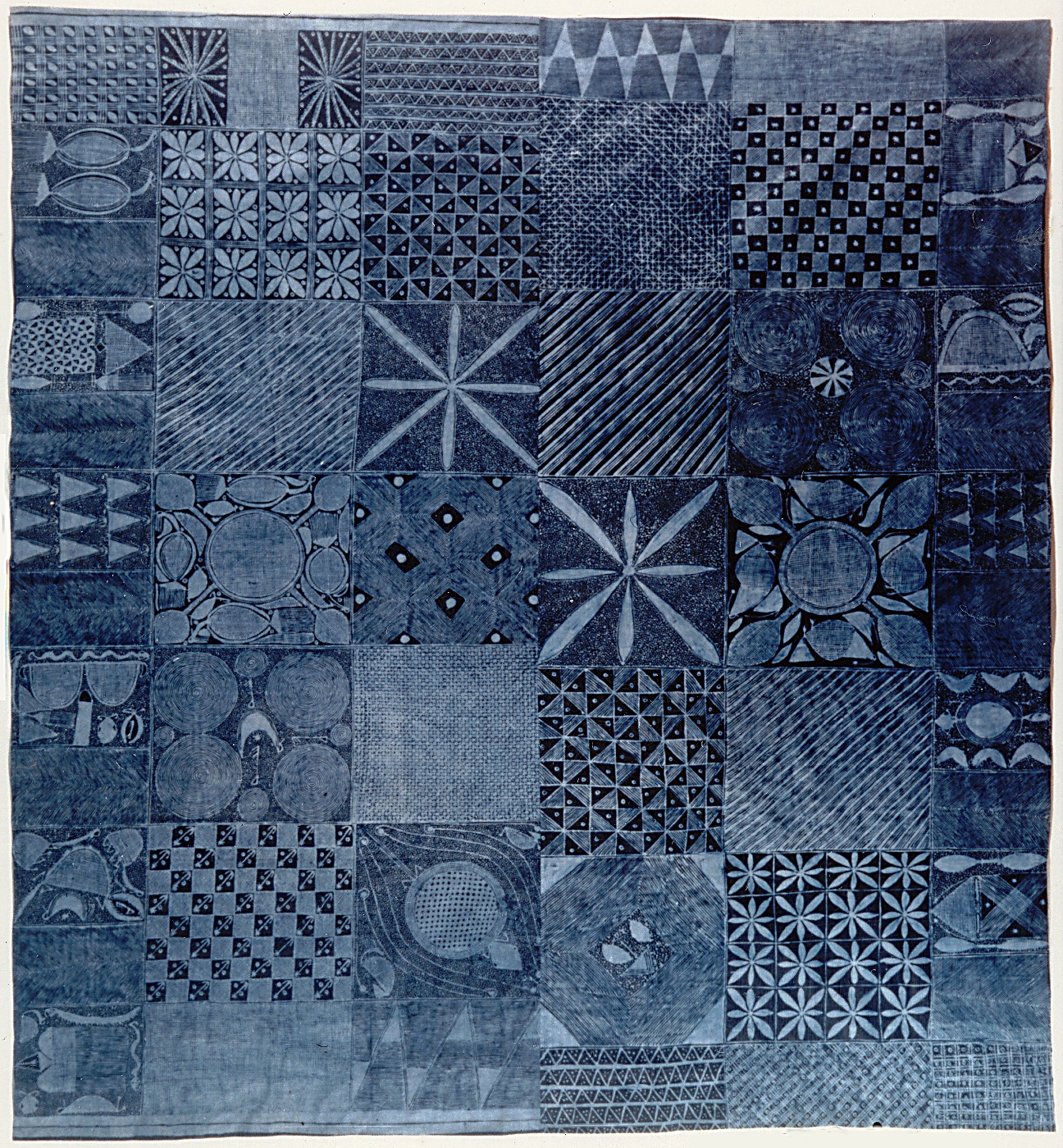
Adire Eleko, 20th century
Nigeria, Yoruba
Factory woven plain weave cloth, cassava paste resist with indigo dye
Gift of the Christensen Fund, Seattle Art Museum
FEEDBACK FRIDAY has meant so much to Kathy and I, and we know it means a lot to you too. We so appreciate all the emails and notes you send weekly about how they help you through this time. So why not have a little series with some of your love letters that make us all feel the love of this natural dye community?
Got something you’d like to share? Email me, Amy at [email protected]
Kathy and Amy, I’m just catching up with how much you’ve been able to do with the virtual world and wanted to send on warm regards. Seeing Aboubakar’s presentation was a total joy, so thank you for making that publicly available. With the museum closed, we’ve been floating many different types of online programming and I will be advocating that we feature what you’re up to somehow.
For now, just a favorite poem about color that I wanted to pass on, just in case you’ve not come across it.
Warm regards from Capitol Hill,
Pam McCluskey
Curator of African and Oceanic Art, Seattle Art Museum
From Mary Ruefle’s My Private Property:
Purple sadness is the sadness of classical music and eggplant, the stroke of midnight, human organs, ports cut off for a part of every year, words with too many meanings, incense, insomnia, and the crescent moon. It is the sadness of play money, and icebergs seen from a canoe. It is possible to dance to purple sadness, though slowly, as slowly as it takes to dig a pit to hold a sleeping giant. Purple sadness is pervasive, and goes deeper into the interior than the world’s greatest nickel deposits, or any other sadness on earth. It is the sadness of depositories, and heels echoing down a long corridor, it is the sound of your mother closing the door at night, leaving you alone.
Blue sadness is sweetness cut into strips with scissors and then into little pieces by a knife, it is the sadness of reverie and nostalgia: it may be, for example, the memory of a happiness that is now only a memory, it has receded into a niche that cannot be dusted for it is beyond your reach; distinct and dusty, blue sadness lies in your inability to dust it, it is as unreachable as the sky, it is a fact reflecting the sadness of all facts. Blue sadness is that which you wish to forget but cannot, as when on a bus one suddenly pictures with absolute clarity a ball of dust in a closet, such as an odd, unshareable thought that one blushes, a deep rose spreading over the blue fact of sadness, creating a situation that can only be compared to a temple, which exists, but to visit it one would have to travel two thousand miles on snowshoes and by dogsled, five hundred by horseback and another five hundred by boat, with a thousand by rail.
Red sadness is the secret one. Red sadness never appears sad, it appears as Nijinsky bolting across the stage in midair, it appears in flashes of passion, anger, fear, inspiration, and courage, in dark unsellable visions; it is an upside down penny concealed beneath a tea cozy, the even-tempered and steady-minded are not exempt from it, and a curator once attached this tag to it: Because of the fragile nature of the pouch no attempt has been made to extract the note.
Author’s note: In each of the color pieces, if you substitute the word happiness for the word sadness, nothing changes
